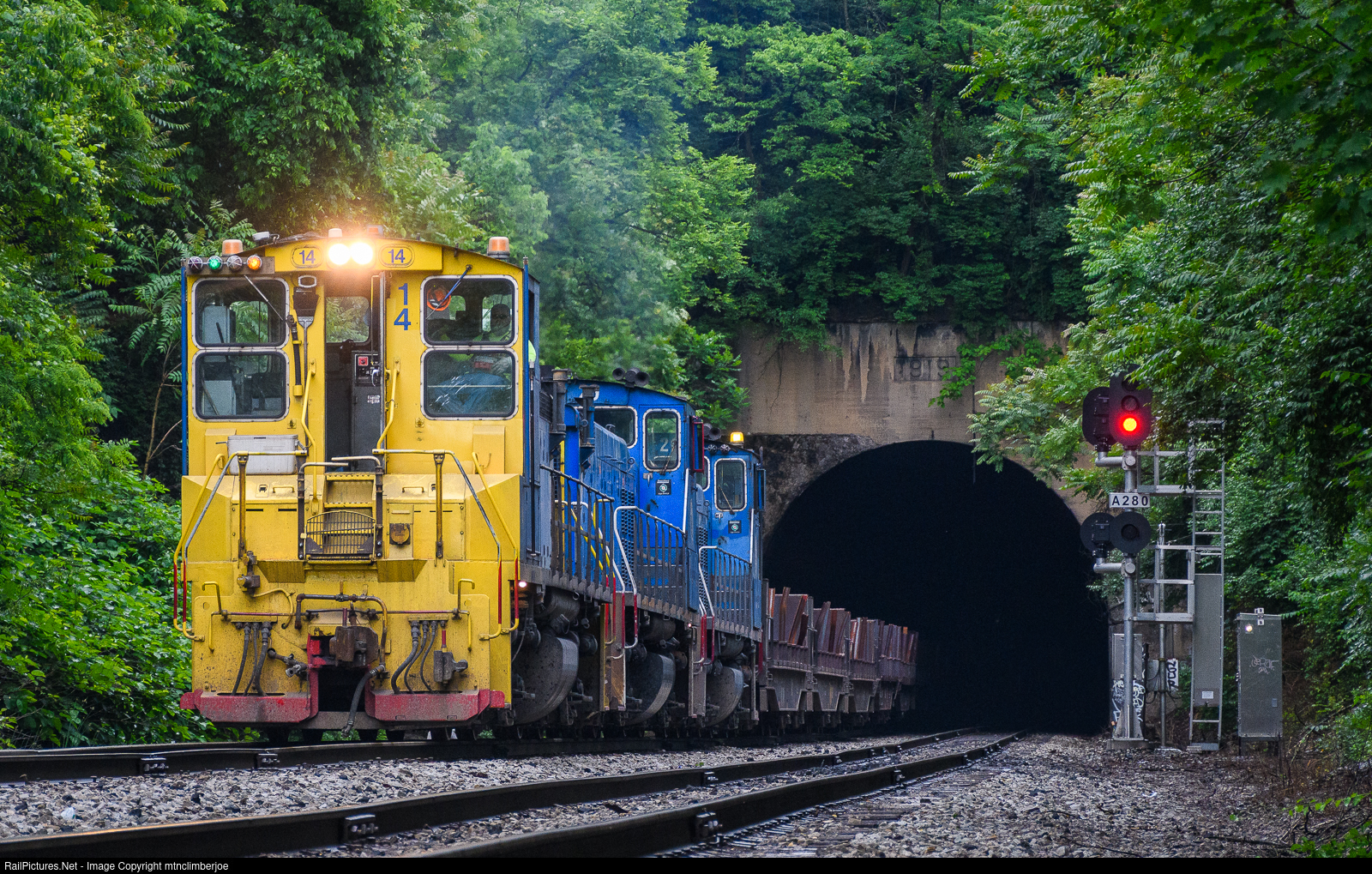If there was a moment where I got into railroad signaling, it would be in the fall of 1998 when I quite literally got "into" railroad signaling. While being dropped off at South Jersey's Winslow Jct for the purpose of completing a 20 mile hike for a Boy Scout merit badge requirement, I noticed that one of the omnipresent plywood panels securing the lower level of WINSLOW tower had been removed. Scrambling inside I was presented with a trove of wonders that forever whet my appetite for the age of relay technology. I luckily had a 35mm film camera with me and was able to take a few photographs, but with my plan for the day already set, I only had about 10 minutes to get my fill. Although I had the motivation and opportunity to return, I as busy with school and kid stuff and by whatever time I did go back the tower had been re-secured.
For the next two decades I would periodically check up on the tower, waiting for locals to break back in so I could follow up with more photos. It was only in 2023 that I was provided with a do over and lets just say, things were quite different. While I've covered South Jersey's WINSLOW tower and the ghostly remains of the interlocking plant on this blog before, today we will explore the interior with two groups of my own photos photos taken 25 years apart, with some additional insights provided from a 2003 urbex visit and photos from when the tower was still in service.

If you are not familiar with WINSLOW (aka WINSLOW JCT), please check out my previous coverage to get a better idea of its history and layout. to summarize, WINSLOW was built in 1934 as part of the Pennsylvania-Reading Seashore Lines merger to PRR specifications with a brick tower, bay window and a US&S Model 14 electro-pneumatic interlocking plant. The tower was in service until 1983 when the NJDoT seashore services, run under contract by Conrail, were discontinued due to lower ridership and rapidly declining track conditions. The final service level consisted of 3 peak direction round trips to Atlantic City and 1-2 round trips to Ocean City and Cape May. When the tower closed the signals were turned and remained in place until Amtrak showed up to rebuild the line about 5 years later.

When I first got into WINSLOW it was about a decade into its second act as a radio repeater base for NJT operations on the line. A small lattice radio mast had been build against the north side of the tower and the upper story windows were still intact and letting in light. Towers serving in useful capacities as relay huts or crew bases is one of the more common factors behind their not getting demolished.
On the ground floor, the relay racks and associated relays had been removed, however the cabling that fed the US&S Model 14 interlocking machine on the operator's floor was largely still in place. From the look of it, one can see why so many old tower had their own regular maintainer that under the old system of inefficient railroad employment, could be in the position for many years.
When I visited in 1998 I don't remember much of anything in the ground floor, but in the 2003 urbex photo we can see that it was being used for general storage. I recall being informed by a Southern Railway of NJ employee mentioned that they had access to the tower, but I can't confirm if the items being stored were theirs or not.
There is a single flight of stairs along the rear wall connecting the relay room to the operator's floor. I could not tell if the relays were caged off or not as this was the typical practice to prevent operators from being tempted to tamper with the interlocking equipment to "fix" certain problems. In the 2003 photos we can see shelf style relays on the stairs, but I did not recall seeing any in 1998.
Heading up the single flight of stairs to the operator's level revealed something unexpected, a false wall built lengthwise across the room with a door in it.
The false wall had the unfortunate effect of blocking the view of the original PRR pattern model board, expect for a small bit at the top. I also managed to get a tight angle photo in from the side that came out pretty well all things considered.
The model board matches its final appearance from the mid-1960's through to 1983 where the main lines to Atlantic and Ocean cities were both single track manual block.
What really blew my mind back in the day was the presence of WINSLOW's 27 lever US&S Model 14 interlocking machine. Until this point I had never physically seen one or even known what one was. While some of my railroad books had contained pictures of specifically PRSL Model 14's, the fact that they didn't look like the classic armstrong type lever frame made it hard to intuit what that strange box thing in the photo was until I literally stumbled upon one and it all clicked, despite the lever cranks had all been removed.
Here is the WINSLOW machine as it appeared in service.





















